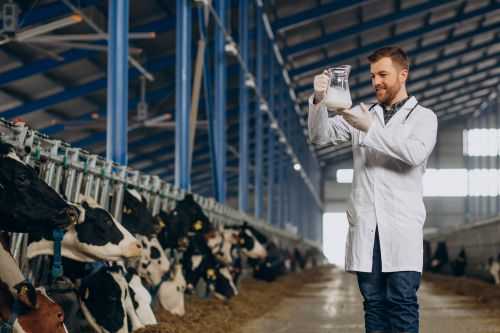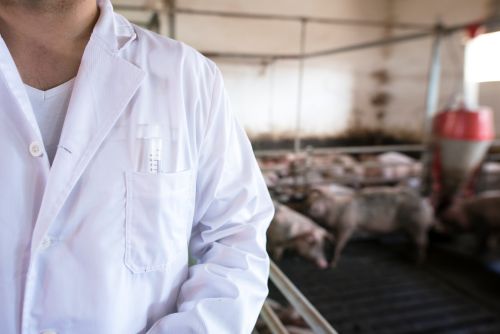716

The initial estimates of wine production in the EU for 2023/24 conducted by DGAgri suggest an annual decrease of approximately 6% to a volume of around 150 million hectoliters (-4.5% below the 5-year average).
The decline in Italian and Spanish production (-12% and 14% respectively year-on-year) is expected to be the main explanation for this decrease. In Italy, the main reduction is in the central and southern regions (Abruzzo, Puglia, and Sicily with a decrease of 30-40%).
In Spain, despite contrasting developments between regions, excessive rainfall (e.g., Galicia, Castilla y Leon), heat, and drought conditions (e.g., Castilla la Mancha and eastern regions) could lead to a substantial decrease in yields. There are reports in some regions of lower quality due to smaller grape size, uneven ripening, and diseases.
On the other hand, an average harvest is expected in France (approximately 45 million hectoliters, +1% year-on-year). Considering the decline in Italy, France is expected to become the largest wine producer in the EU in 2023/24. A recovery in production is also expected in Germany (+16% year-on-year) due to sufficient water reserves throughout the growth cycle, as well as in Portugal (+15% year-on-year), which also reports good grape quality.
Wine consumption in the EU, especially for red wine, is expected to continue its downward trend (-1.5% year-on-year), supported by a shift in consumer preferences towards different types of beverages (e.g., beer) and due to lower purchasing power. On the other hand, other uses are likely to increase and could reach almost 33 million hectoliters, mainly due to crisis distillation.
International demand continues to weaken, probably due to worsening purchasing power in some EU export markets. Additionally, considering the EU's record exports in the past two years and a limited decline in 2022/2023, it is likely that stocks will be available in some export markets.
In 2023/2024, the potential decline in prices may help EU wine exports, but at the same time, increased competition in lower-priced segments may arise from wines of non-EU origin. This could be the case in the UK market.
Therefore, stable EU exports are expected in 2023/24, supported by sparkling wines. It is anticipated that imports into the EU will decrease further, to 6 million hectoliters (-4.3% per year and -18% below the 5-year average), following the 10-year declining trend.
As a result of the developments mentioned above, the EU's final stocks in 2023/24 could decrease to 161 million hectoliters (5% below the high level of the average of the last 5 years). This decrease also results from the elimination of 3.75 million hectoliters of excess stocks in some regions through crisis distillation. (Photo: Dreamstime)





